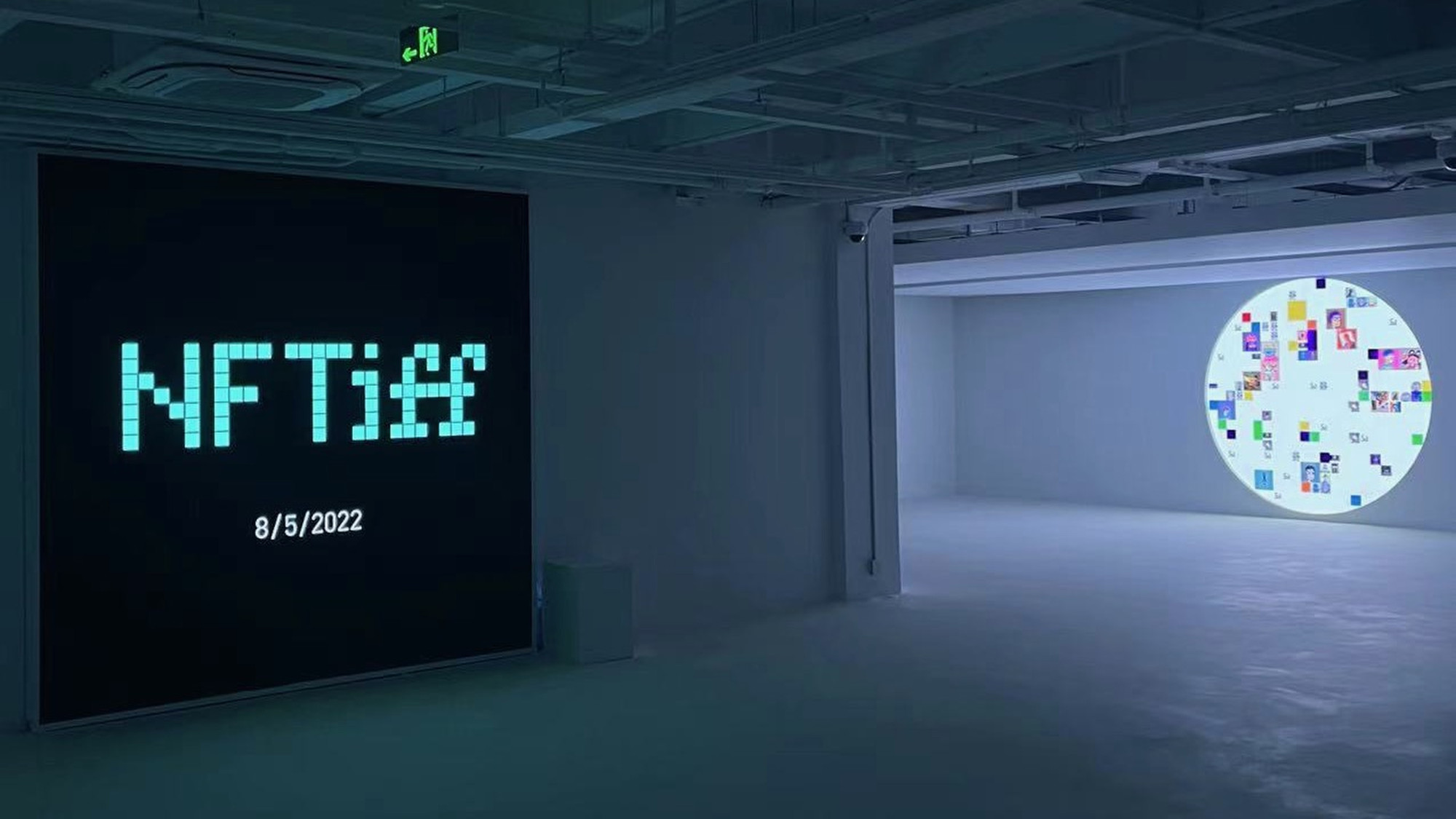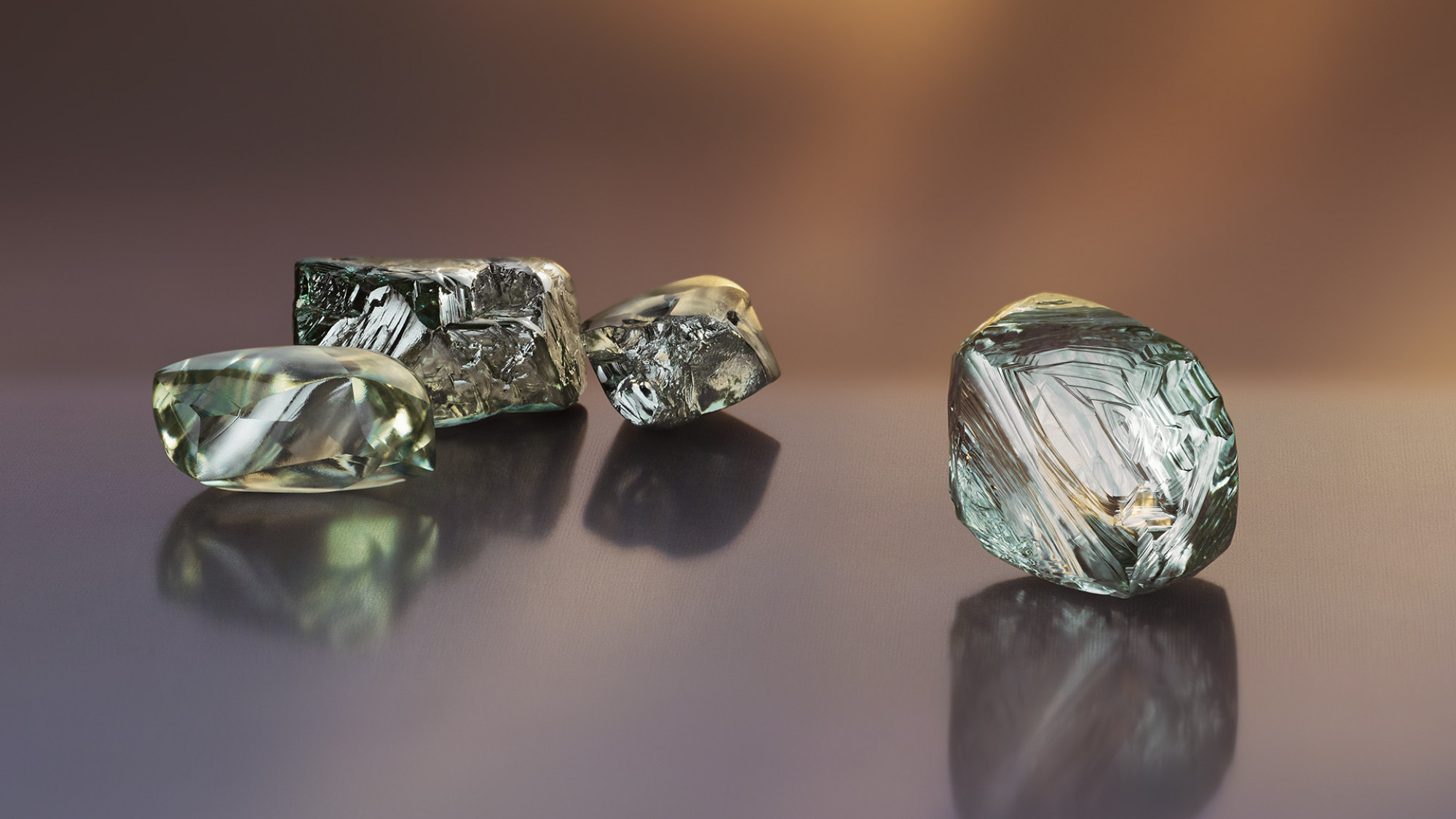Tracr CEO Wesley Tucker said the private Ethereum platform leverages distributed ledger technology to provide an automated, permanent record of each diamond’s provenance journey from mine to retail.
“Scalability is supported by each user having their own ‘instance’ of the platform, which can be customised to their individual needs,” said Tucker.
“Our cloud infrastructure and API technology make integration seamless, and allow the platform to scale by automating data capture.”
Tracr has since onboarded key industry players – including the Gemological Institute of America (GIA), Sarine Tech (which develops technologies for the diamond industry) and RapNet (which markets itself as the No 1 online trading network for diamonds and jewellery) – to its growing ecosystem. The platform assigns each diamond a unique digital ID, allowing retailers and consumers to access the stone’s provenance details.

According to a 2023 Delta Global study of over 2,000 Asia-Pacific luxury consumers, 93 per cent are willing to support or spend more on luxury brands that actively promote sustainability initiatives.
In a world in which consumers are increasingly concerned with where and how their diamonds are sourced, Tracr goes a long way in supporting trade confidence.

“Enhanced transparency around a diamond’s provenance supports retailers to speak in more detail and with increased confidence about the positive impact of natural diamonds, as they can see that diamond’s journey from source to store,” said Tucker.
In May 2018, Everledger – in partnership with Chow Tai Fook and GIA – began using blockchain technology to deliver digital GIA diamond-grading reports to consumers. GIA not only invented the “4Cs” of colour, clarity, cut and carat weight, but also created the International Diamond Grading System that is the global standard for diamond quality.

Tracr is now focused on onboarding more industry players across the diamond supply chain. A solution leveraging the ethical sourcing programme GemFair in Sierra Leone is under way for the artisanal sector, adds Tucker. There are also plans to integrate Tracr with existing technology platforms like enterprise resource planning systems and Sarine’s diamond scanning technology.
“Any new technology brings change,” said Tucker.
“It is our vision to ultimately establish a single, industry-wide platform that can provide all the digital data retailers and consumers need.”


 Bitcoin
Bitcoin  Ethereum
Ethereum  Tether
Tether  XRP
XRP  Solana
Solana  Dogecoin
Dogecoin  USDC
USDC  Lido Staked Ether
Lido Staked Ether  Cardano
Cardano